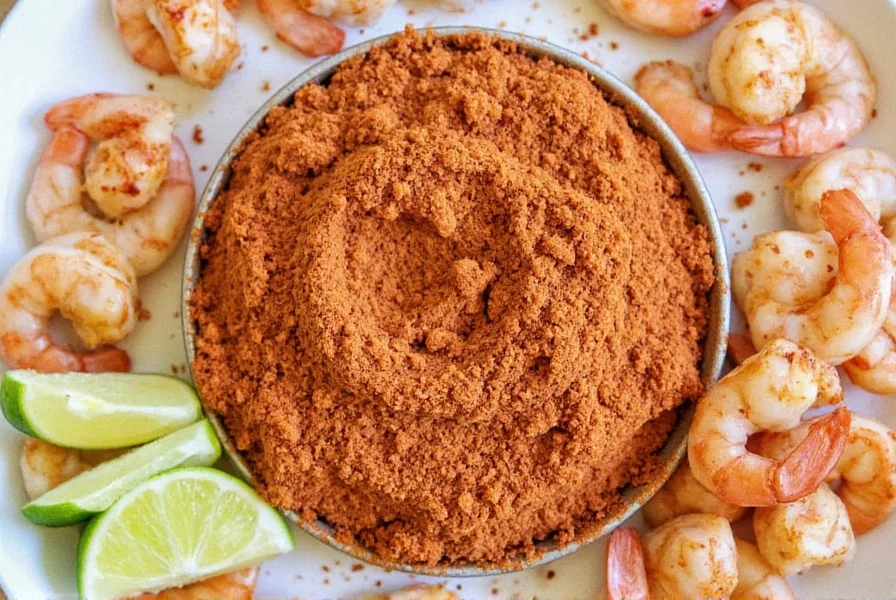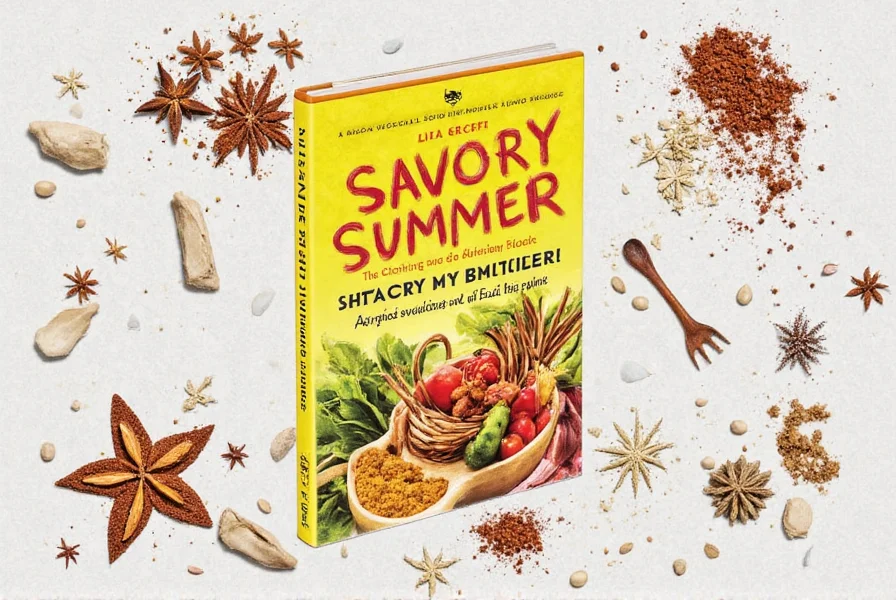Spicy chicken is a popular dish that delivers a fiery kick while maintaining rich flavors. Whether you're a cooking novice or a seasoned chef, this guide will help you master the art of making perfect spicy chicken at home with easy steps and expert tips. In this article, we'll cover everything from spice selection to cooking techniques, ensuring you create a memorable meal every time.
Table of Contents
- What Is Spicy Chicken?
- Spice Basics You Need to Know
- Practical Tips for Cooking Spicy Chicken
- Buying Guide: Choosing the Right Spices
- Conclusion
- Frequently Asked Questions
What Is Spicy Chicken?
Spicy chicken refers to chicken dishes prepared with significant amounts of spicy ingredients that deliver a powerful heat. It's not a single recipe but a versatile cooking style found across global cuisines, including buffalo chicken, jerk chicken, and Korean gochujang chicken. The key to great spicy chicken is balancing heat with complementary flavors like smokiness, sweetness, and acidity to create a memorable eating experience without overwhelming the palate.
Spice Basics You Need to Know
Understanding spice fundamentals is crucial for perfect spicy chicken. Here are essential ingredients and their roles:
- Chili Peppers: Provide the core heat. Varieties range from mild jalapeños (2,500-8,000 SHU) to extremely hot habaneros (100,000-350,000 SHU), each with unique flavor profiles.
- Cumin: Adds earthy, smoky depth that balances heat and enhances overall complexity.
- Garlic and Onion: Build savory foundation and aroma; fresh or powdered forms work well for different cooking methods.
- Paprika: Contributes vibrant color and mild sweetness; smoked paprika adds rich, barbecue-like notes.
- Coriander: Offers citrusy brightness that cuts through heat and rounds out spice blends.

Pro tip: Always taste your spice mix before applying it to chicken. Start with milder peppers and gradually increase heat to avoid overpowering the dish.
Practical Tips for Cooking Spicy Chicken
- Marinate Properly: Let chicken sit in spice blend for at least 30 minutes (up to 24 hours for deeper flavor). Acidic ingredients like lime juice help tenderize meat while infusing flavor.
- Control Heat Gradually: Remove seeds and membranes from fresh chilies to reduce heat intensity. Add heat incrementally during cooking and taste frequently.
- Choose Cooking Method Wisely: Grilling creates crispy exterior; baking retains moisture; frying delivers quick, crispy results. For healthier options, air-fry at 400°F (200°C) for 15-20 minutes.
- Balance with Cooling Sides: Serve with yogurt-based sauces, cucumber salad, or avocado to neutralize heat. Starchy sides like rice or cornbread absorb spice effectively.
- Experiment with Global Flavors: Try Mexican adobo, Indian tandoori, or Thai curry pastes for authentic variations. Add honey or brown sugar for sweet-heat balance.
| Spice | Features | Best For | Recommended Brands |
|---|---|---|---|
| Chili Powder | Smoky and slightly sweet | Adding depth to the dish | Sabra, Chili Pepper Co. |
| Ground Cumin | Earthy and warm | Enhancing the overall flavor | McCormick, Frontier Co-op |
| Garlic Powder | Concentrated garlic flavor | Boosting the savory notes | Knorr, Bob's Red Mill |
| Onion Powder | Rich and aromatic | Adding complexity to the spice mix | Walla Walla, Spice Islands |
| Smoked Paprika | Deep, smoky flavor | Adding color and a hint of heat | Du Pesto, La Tierra |

When shopping for spices, prioritize freshness: check expiration dates, smell for potency, and store in airtight containers away from light. Whole spices ground fresh yield superior flavor compared to pre-ground versions.
Conclusion
Spicy chicken is more than just heat—it's about creating a harmonious flavor experience. With the right spice balance, proper technique, and quality ingredients, you can make restaurant-quality spicy chicken at home. Remember to adjust heat levels to your preference and pair with cooling sides for the perfect meal. Experiment with global variations to discover your signature style, and always prioritize food safety by cooking chicken to an internal temperature of 165°F (74°C).
Frequently Asked Questions
What is spicy chicken?
Spicy chicken refers to chicken dishes seasoned with significant amounts of chili peppers and spices to create heat. It's not a single recipe but a cooking style found in global cuisines like Mexican, Indian, and Korean. The key is balancing heat with complementary flavors like smokiness, sweetness, and acidity for a memorable eating experience.
How can I adjust the heat level for milder spicy chicken?
Reduce heat by using milder peppers like Anaheim or bell peppers instead of habaneros. Remove seeds and membranes from chilies (where most capsaicin resides). Add sweet elements like honey or brown sugar, and include cooling ingredients like yogurt or sour cream in marinades. Always taste your spice blend before applying it to chicken.
Is spicy chicken safe for children or people with low spice tolerance?
Yes, with modifications. Prepare a separate mild version without spicy ingredients or serve spice blends on the side for customization. For families, make a base dish with minimal heat and offer hot sauce as a topping. Always clearly label spice levels when serving to guests.
Can I prepare spicy chicken in advance?
Absolutely. Marinate chicken for up to 24 hours to enhance flavor penetration. Cooked spicy chicken can be refrigerated for 3-4 days or frozen for up to 3 months. Store chicken and sauce separately for best results. Reheat gently with a splash of broth to maintain moisture, and note that spice intensity may increase slightly after storage.
What are the best side dishes to serve with spicy chicken?
Cooling sides balance heat effectively. Try cucumber salad, tzatziki, mango salsa, or avocado slices. Starchy options like cilantro-lime rice, cornbread, or roasted sweet potatoes absorb spice well. For beverages, milk-based drinks, coconut water, or sweet iced tea provide excellent heat relief while maintaining flavor harmony.










 浙公网安备
33010002000092号
浙公网安备
33010002000092号 浙B2-20120091-4
浙B2-20120091-4